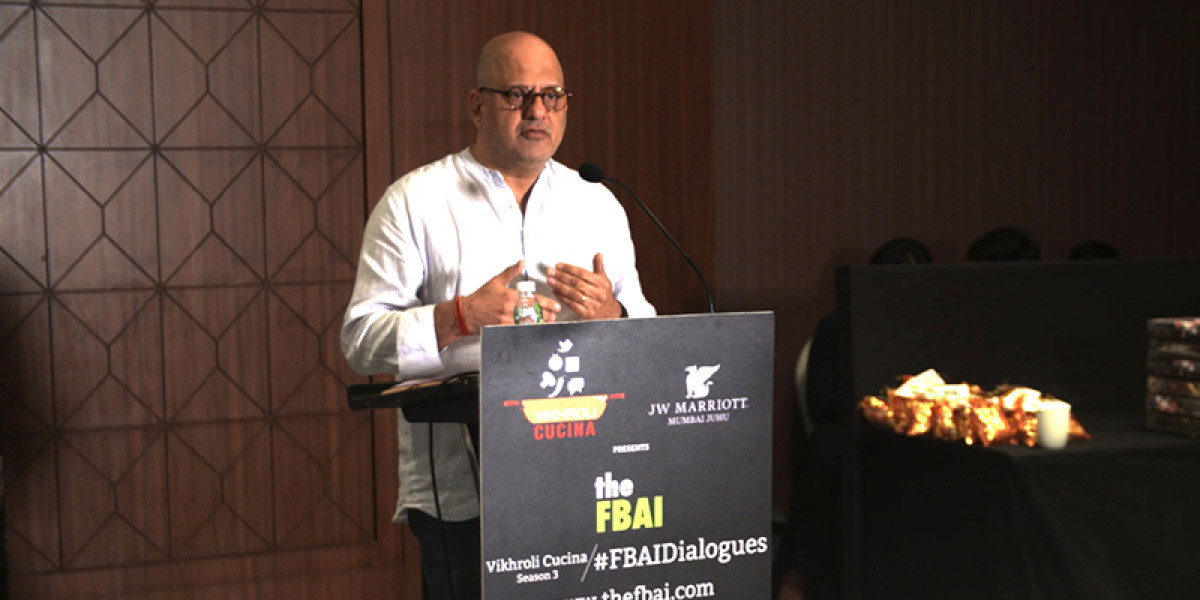The next chapter of the Indian restaurant business: Rahul Akerkar shares his vision
Whether it is creating and presenting food, the service styles or even the way restaurants operate, the food business in the west has evolved in many different ways over the years. As the phenomenon of eating out grows in India, it becomes pertinent to see how Indian restaurant business has developed. At Vikhroli Cucina Season 3 / FBAI Dialogues, chef-restaurateur Rahul Akerkar spoke at length about the journey of the Indian restaurant business and where he sees it headed next.

The food business in the west evolved through trial and error over a period of two decades in the 1980s and 1990s. The evolution wasn’t just in terms of creating and presenting food, but even in the way restaurants operated, the service styles, etc. An evolution was also seen in the kind of clientele which kept pace with that of the eateries. Today in western countries, there is something for everybody, whether it is food carts or fine dining restaurants.
Scripting a mature F&B market in India
The food business in India is evolving along similar lines as that in the west, but there are striking differences. “Restaurants in India are trying to adopt mature products from evolved markets, but these concepts may not be successful in the local environment. The culture and eating habits are often different in India and so successful concepts overseas don’t necessarily imply successful translation here. It is completely out of context,” says Rahul. Indian diners have evolved over time and are getting discerning. They have begun to understand cooking techniques and distinguish the quality of the ingredients used. The fact that many people have now started cooking exotic dishes at home, indicates the awareness levels.
In order to become a mature F&B market, developing homegrown products is extremely important. Rahul explains, “You might get ideas from overseas, but it is very important that we adapt them to our own way of functioning and dining in this country.”
Ingredients for success
There are three main factors, which will determine the future of Indian restaurant business: Homegrown talent pool, a good supply chain and real estate.
The lack of a homegrown talent pool is one of the biggest challenges, according to Rahul. “Until you develop a groundswell of homegrown talent here, things will be copied the way they are done overseas, rather than finding our own success models.”
A weak supply chain is another concern. While India has good homegrown products and seasonal ingredients, our ability to transport them from one place to the other is important. “An extremely poor supply chain impacts growth and it is restricted to just local markets,” says Rahul.
The last important factor is real estate. “Restaurants cannot be run with the same parameters that you would lease out a place for a bank. Spending Rs.500-600 per sq foot as an occupation cost for a restaurant is prohibitive” points out Rahul.
Recipe for a better future
There is much optimism about what the next five years hold for the Indian restaurant business. “Restaurants will offer a chef-driven cuisine or experiences. Chefs will play a greater role to ensure not just good hospitality but a quality experience,” says Rahul. He ends by pointing out, “Quality doesn’t translate to expensive. It just means value for money, and done right. That to me, I think in a nutshell is sort of where it is going.”
